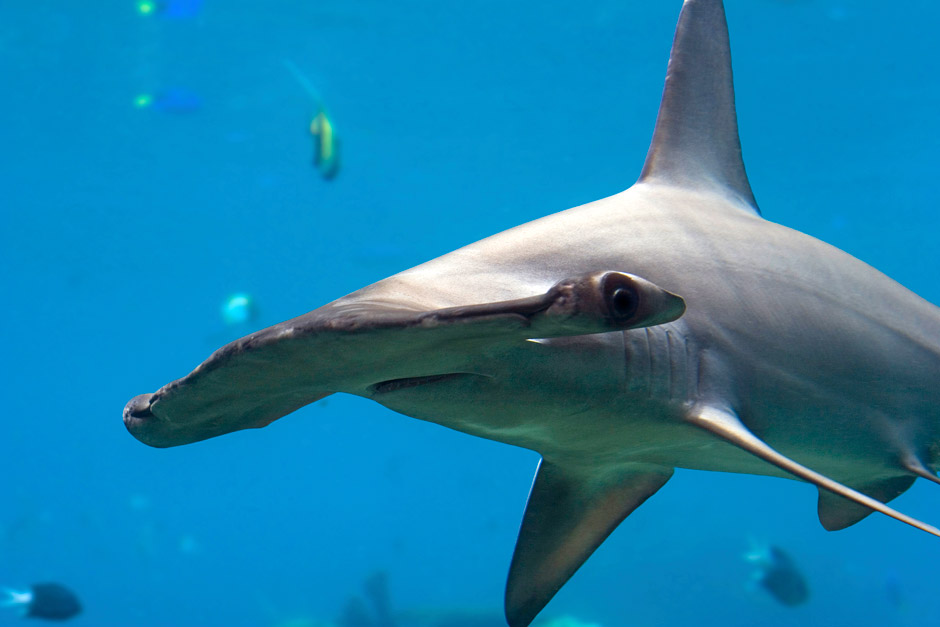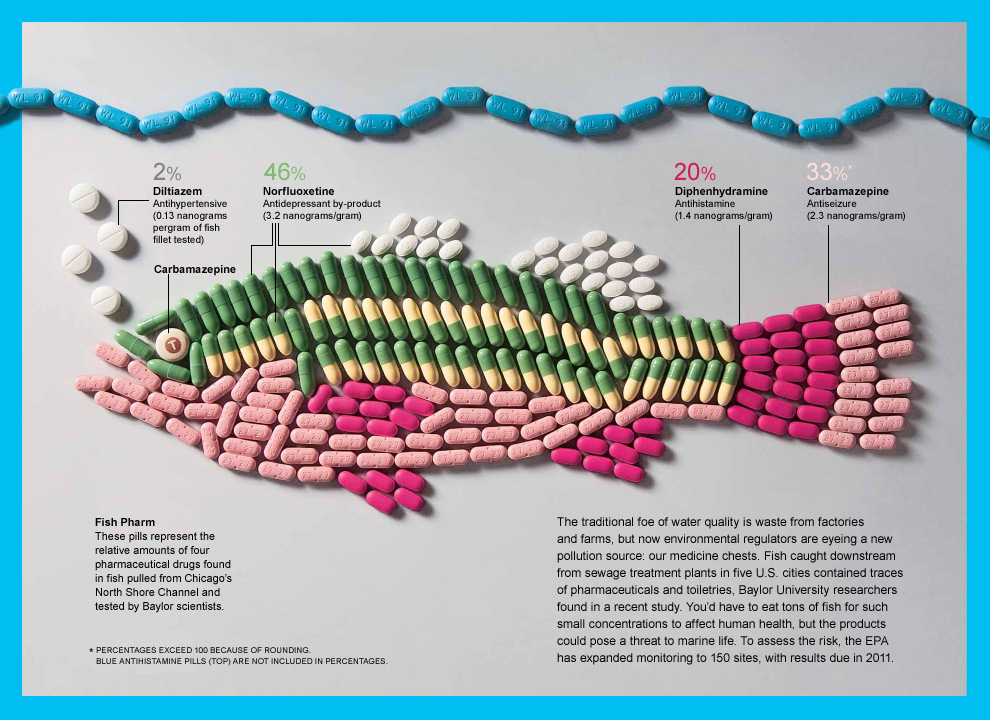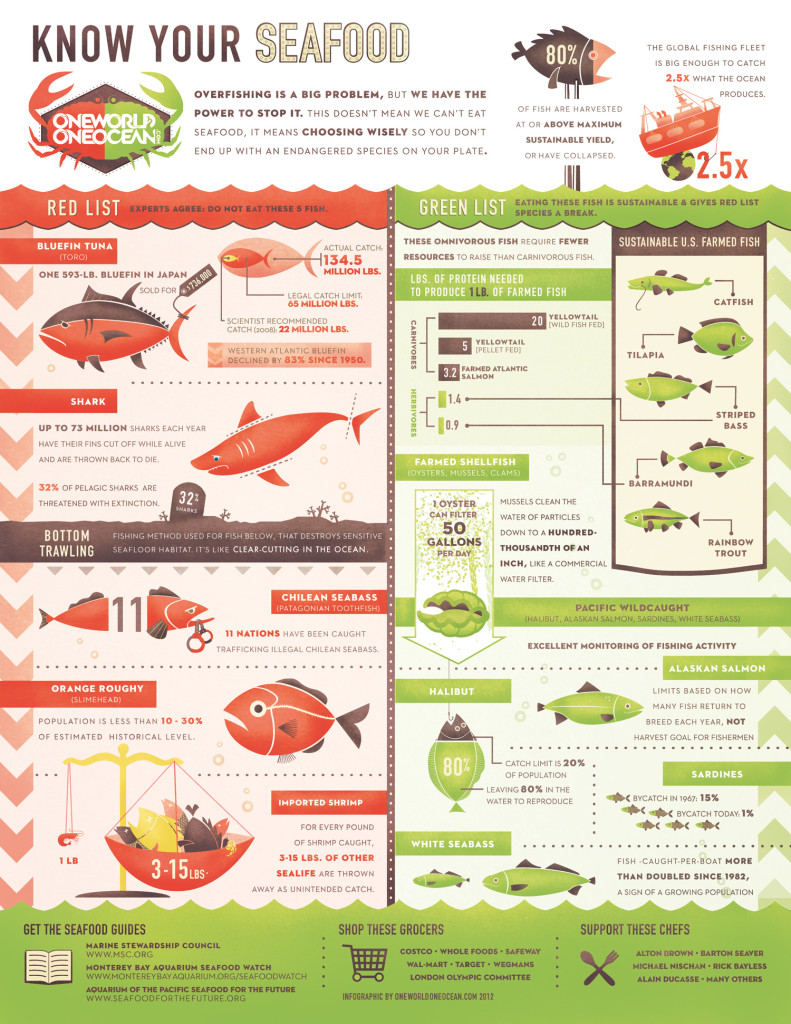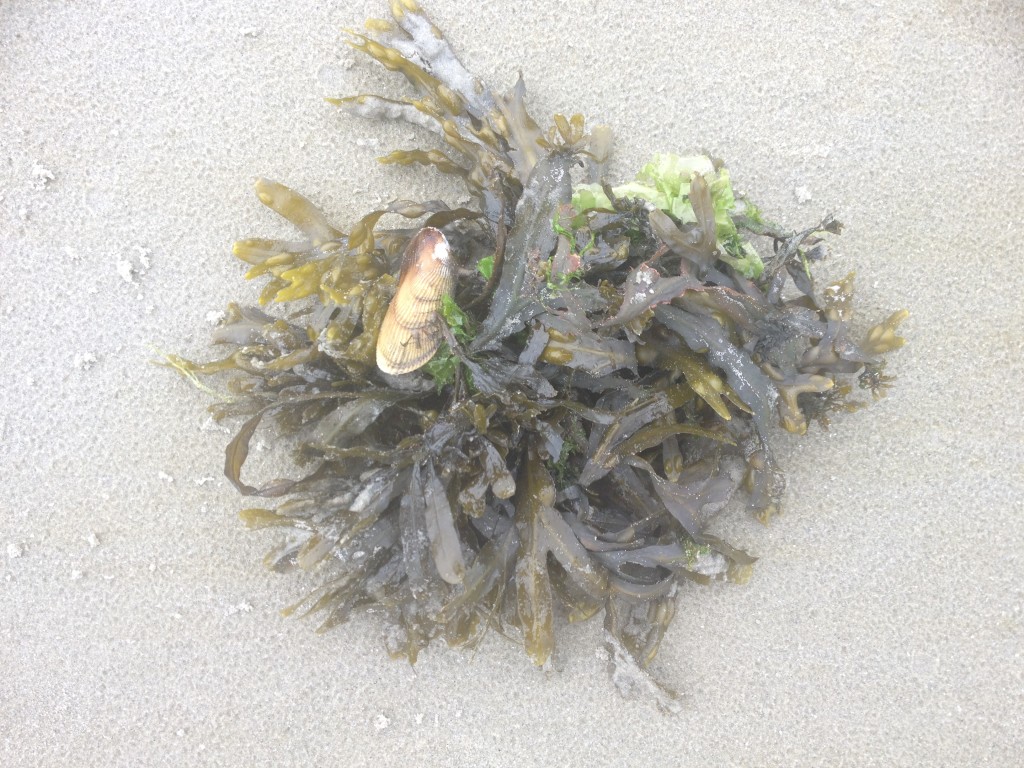You might think that sharks are a predator that we want to eradicate, but that’s far from the truth of the matter. For a healthy ocean we need the top predator. For 5 species of sharks – oceanic whitetip, scalloped hammerhead (pictured below), great hammerhead, smooth hammerhead, and porbeagle sharks – there was some inspiring news during the 16th meeting of the Conference of the Parties for the Convention on International Trade in Endangered Species of Wild Fauna and Flora (CITES). Proposals were adopted that would give them greater protection and provide them with less risk from overfishing (According to the Guardian, “Those fishing for oceanic whitetip, porbeagle and three species of hammerhead shark will now require strictly controlled permits to export the fins”) for these sharks. However, the move will need to be adopted completely by a final plenary session scheduled for Thursday. It’s a particularly significant move considering CITES meetings take place every three years and that CITES has not traditionally leaned towards protecting marine species due to the intense political and economic issues that are related to fisheries issues. According to the Washington Post, “Elizabeth Wilson, who manages the Pew Environment Group’s global shark campaign, said the broad array of countries backing the proposals this year helped produce success this time around”.
Globally, sharks are in peril and overexploited due in major part to a voracious demand for shark fins, especially in Asian markets, since it’s the primary ingredient in shark fin soup (more affordable and more popular than ever at Asian weddings). While it might be a difficult culture shift for the expanding Asian middle class (a delegate at CITES stated, “It would be like telling the French not to have champagne at their wedding“), ultimately it’s what has to be done since shark populations have fallen to such low levels. As they saw off the coast of North Carolina once sharks were overfished rays thrived and then destroyed the lucrative bay scallop fishery. Here is another resource outlining the importance of sharks to the ocean ecosystem.
















What people are saying …